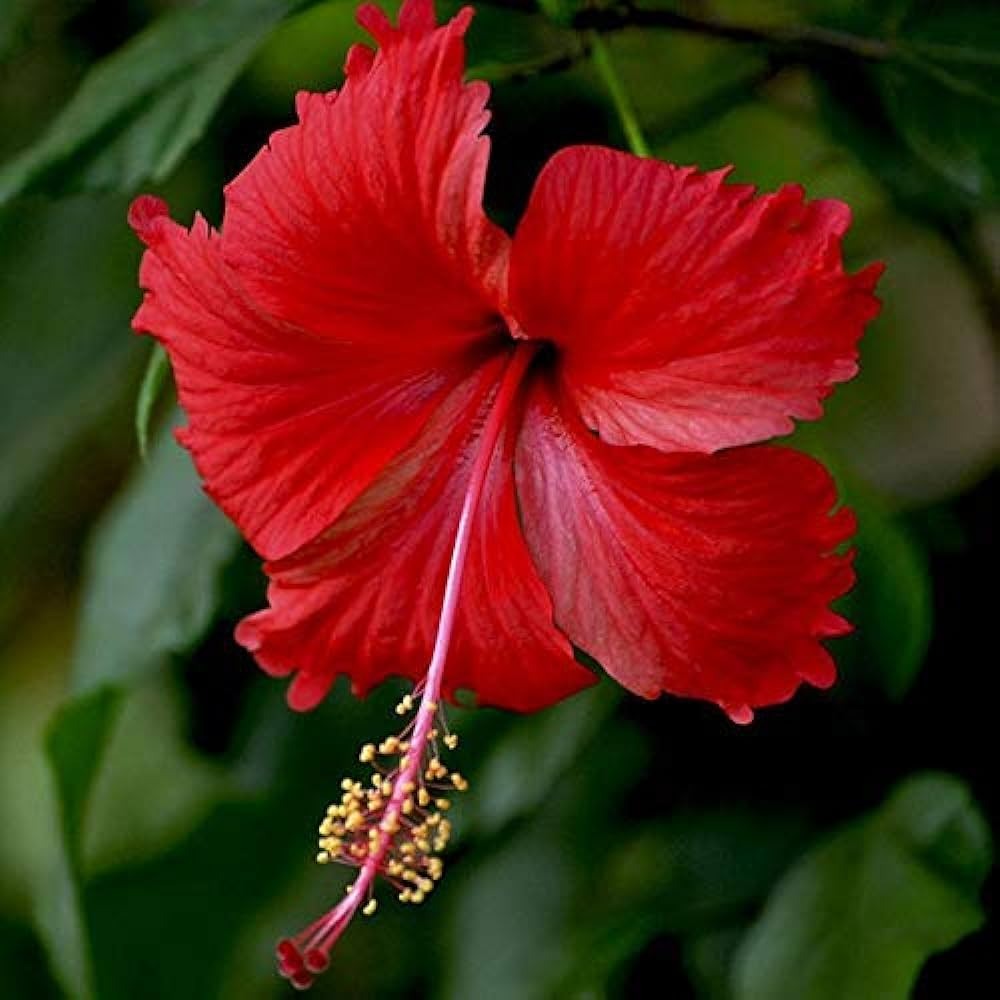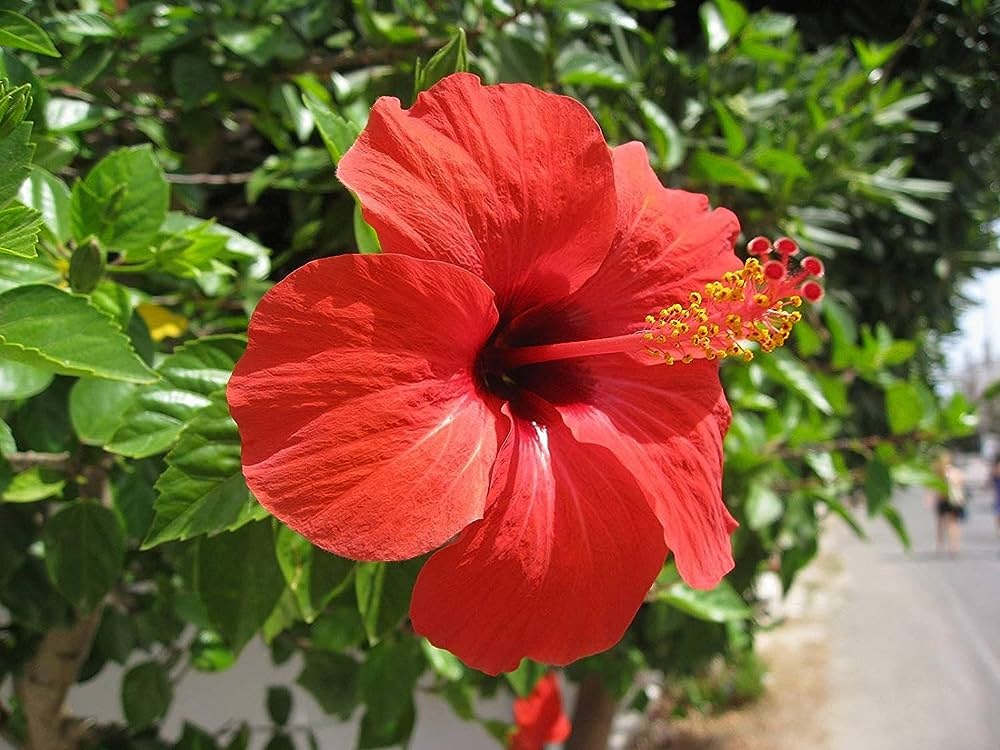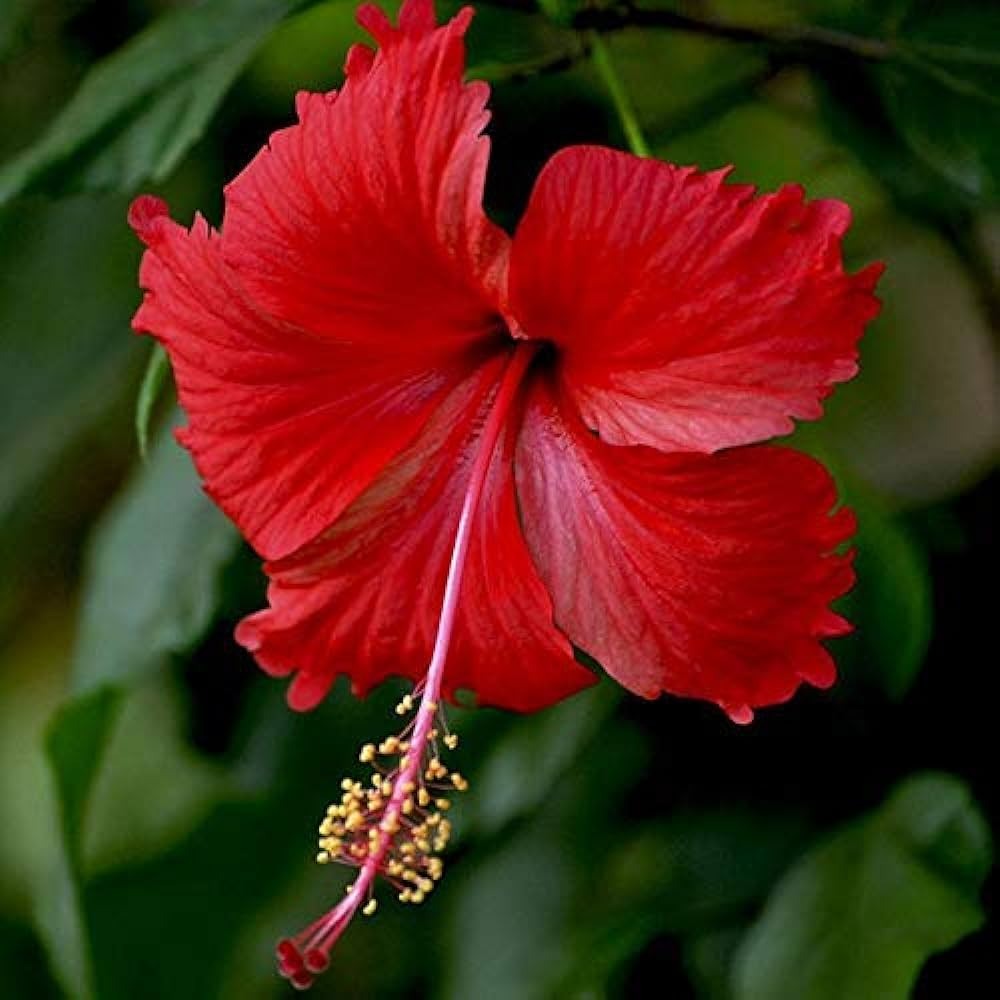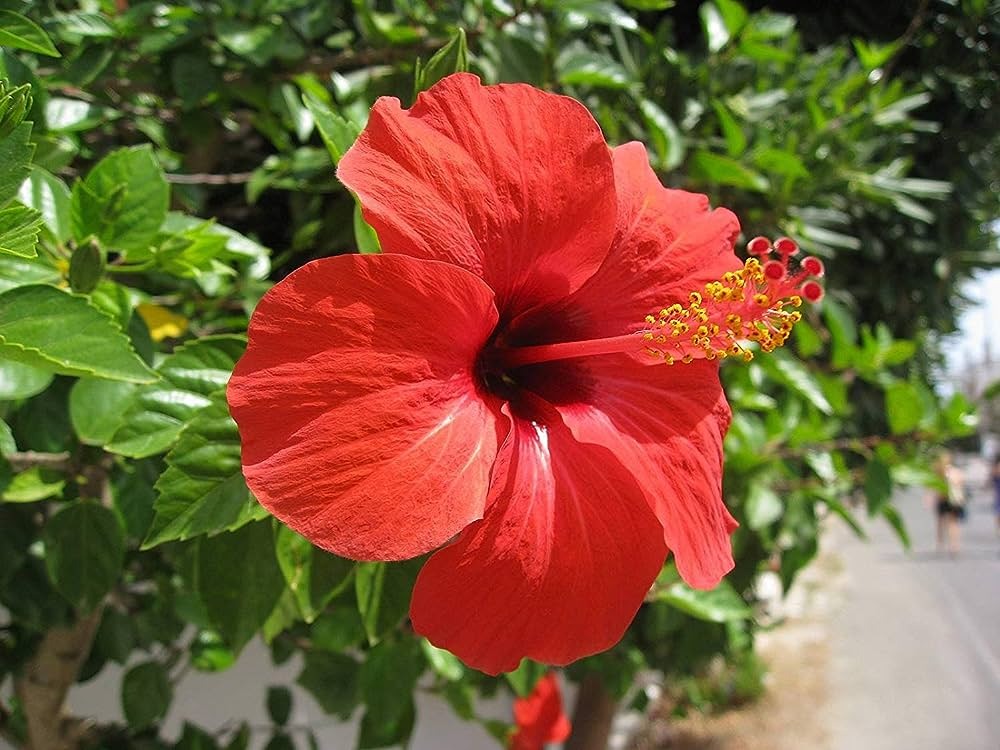Plantparadise
Hibiscus Rosa
Hibiscus Rosa
Couldn't load pickup availability
Hibiscus is a diverse genus of flowering plants known for its large, showy, and trumpet-shaped flowers. These plants are widely grown for their ornamental value and are popular in gardens, landscapes, and indoor settings. Here's a general description of a hibiscus flower plant:
-
Scientific Classification:
- Kingdom: Plantae
- Clade: Tracheophytes
- Clade: Angiosperms
- Clade: Eudicots
- Clade: Rosids
- Order: Malvales
- Family: Malvaceae
- Genus: Hibiscus
-
Appearance:
- Hibiscus plants can vary in size and form, but they generally have dark green, glossy leaves.
- The most distinctive feature of the hibiscus is its large, vibrant flowers. These can range in color from white and yellow to pink, red, orange, or purple.
- The flowers are typically 5-petaled and have a prominent central column of stamens.
- Hibiscus flowers can be single or double, depending on the variety.
-
Growth Habit:
- Hibiscus plants can be either shrubs or small trees, depending on the species and the local climate.
-
Cultural Significance:
- Hibiscus flowers are widely associated with tropical and subtropical regions, and they often symbolize beauty, love, and femininity.
- In many cultures, the hibiscus flower is used as an offering or decoration in various ceremonies and celebrations.
-
Ecological Importance:
- Hibiscus plants are known to attract pollinators, especially bees and butterflies, due to their vibrant and attractive flowers.
-
Habitat and Growing Conditions:
- Hibiscus plants thrive in warm, tropical, and subtropical climates but can also be grown as houseplants in cooler regions.
- They prefer full sun and well-drained soil.
-
Varieties:
- There are numerous hibiscus species, but a few popular varieties include:
- Hibiscus rosa-sinensis (Tropical Hibiscus): Known for its large, colorful flowers.
- Hibiscus syriacus (Rose of Sharon): A hardy, deciduous shrub with smaller, but still attractive, flowers.
- Hibiscus sabdariffa (Roselle): Grown for its calyxes, which are used to make a variety of beverages and jams.
- There are numerous hibiscus species, but a few popular varieties include:
-
Uses:
- Apart from their ornamental value, some hibiscus species have practical uses. For example, the calyxes of Hibiscus sabdariffa are used to make hibiscus tea and are also used in traditional medicine.
-
Caring for Hibiscus:
- Regular watering is essential, especially during the growing season.
- Pruning can help shape the plant and encourage new growth.
- Hibiscus can be susceptible to pests, so keeping an eye out for aphids and scale insects is important.
Hibiscus plants are known for their stunning, eye-catching flowers and are a delightful addition to gardens, both for their aesthetic appeal and the wildlife they attract. They come in various colors and forms, making them a versatile and beautiful choice for landscaping and home gardens.
Materials
Materials
Shipping & Returns
Shipping & Returns
Dimensions
Dimensions
Care Instructions
Care Instructions




